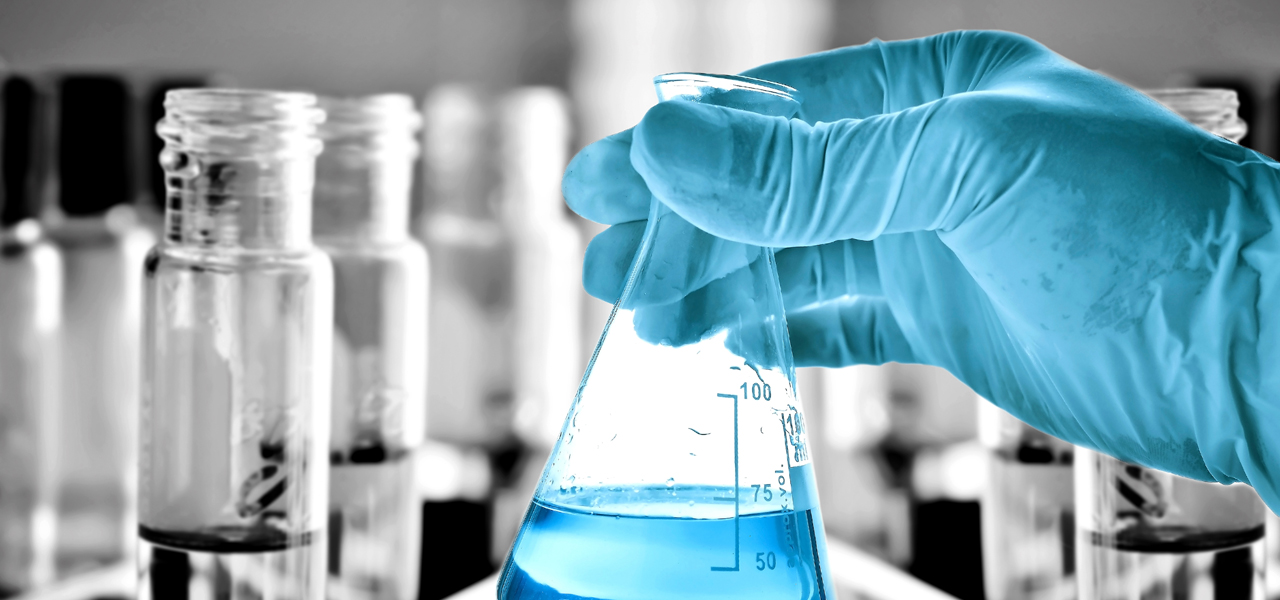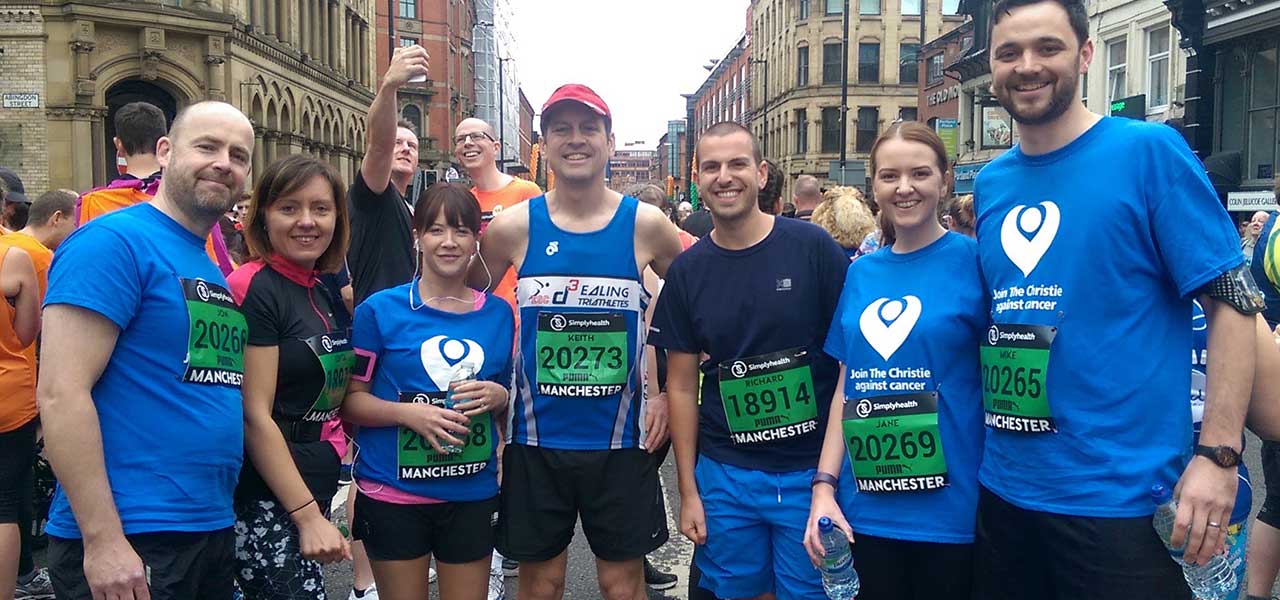‘Where there’s muck, there’s brass’, as the old saying goes. But this could ring true for manufacturers and processors who may be unaware of the financial value from the waste generated in their operations.
That’s why Axion and Stopford Energy & Environment, an international energy & environment consultancy in the waste recycling, energy and environmental sectors, have collaborated to launch a new Resource Recovery and Re-use service aimed at helping manufacturers to identify and recover valuable resources contained in their process by-products and waste streams.
Axion and Stopford Energy & Environment have combined their complementary expertise to offer manufacturers and process operators an ‘end-to-end solution’, ranging from feasibility studies to designing and commissioning processes to recover value.
“Obviously, the primary driver for clients is the financial benefit,” explains Richard McKinlay, Axion’s Head of Engineering & Research. “Yet many firms may be unaware of the value of materials within the waste they produce that is simply disposed of to landfill without exploring more sustainable alternatives.
“What we’re offering is a consultation service that can help manufacturers to calculate the value contained within their by-product and waste streams and determine how that value can be extracted most efficiently.”
Tailored to clients’ specific needs, the service evaluates opportunities for recovering materials of value from waste streams considering both existing options and new resource recovery processes alike. It also covers a range of waste analysis, sampling and economic and environmental appraisals.
Dr Ben Herbert, Stopford’s Research & Environment Director comments: “In some sectors, waste may be viewed as a waste as opposed to a resource. Our service helps manufacturers and processors to recognise there may be value here and if they were to conduct a detailed assessment, they may find revenue-generation opportunities or cost-savings they’d never considered before.”
Following laboratory analysis, the teams use their collective knowledge of different techniques that can be used to separate, isolate or recover commodities from waste streams. Through understanding their clients’ market sectors, they can identify where these products may be of value in another industry or how they could be upgraded to have value for resale to the market.
Ben adds: “Additionally, clients who are engaged in this service can demonstrate their commitment to innovation, earn recognition for recovering resources and seeking to minimise environmental impact, with a view to being more profitable as well.






